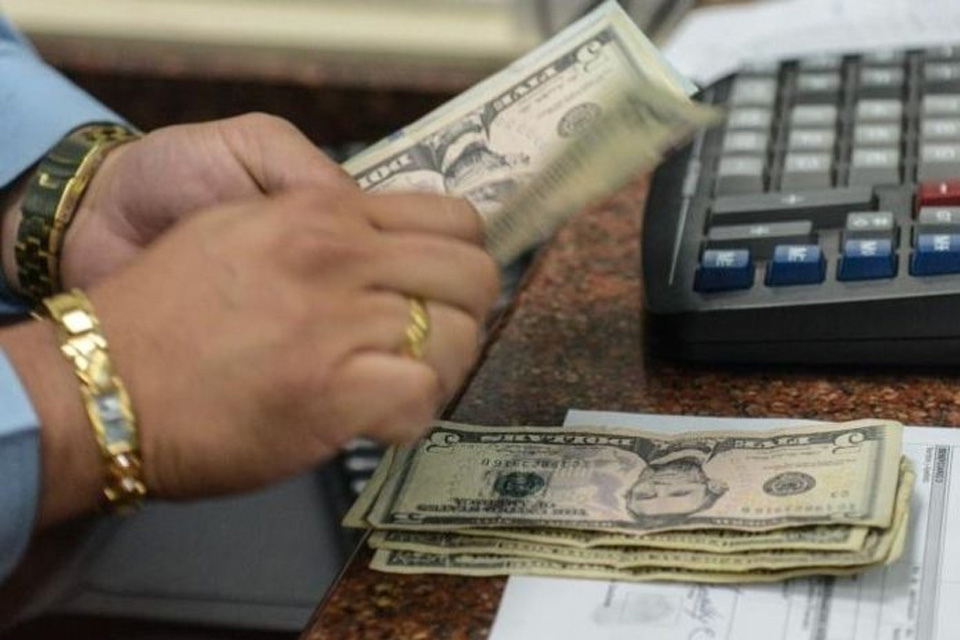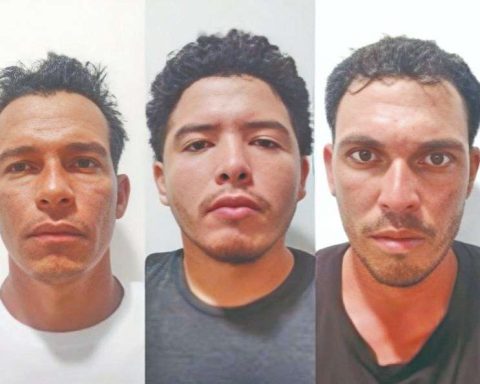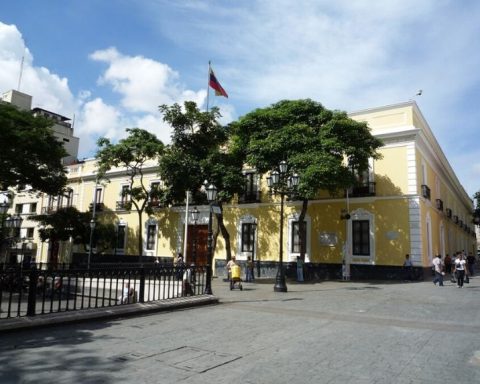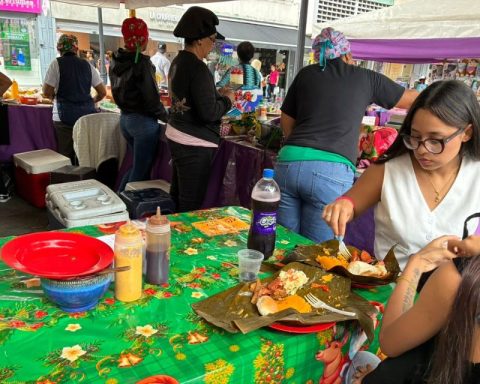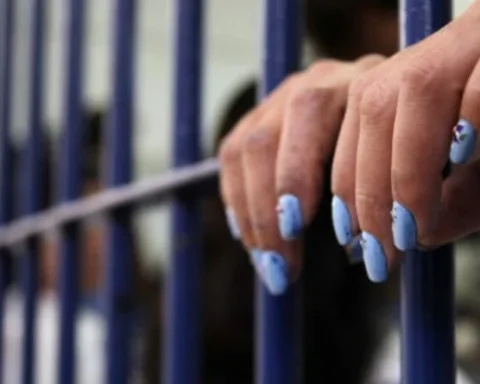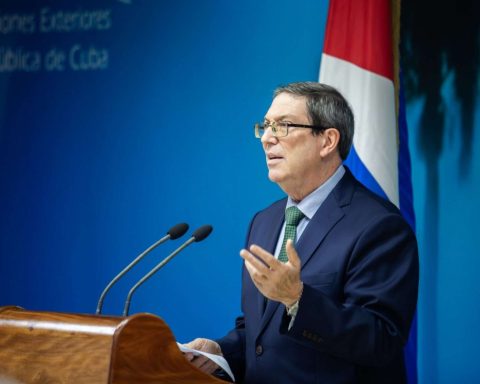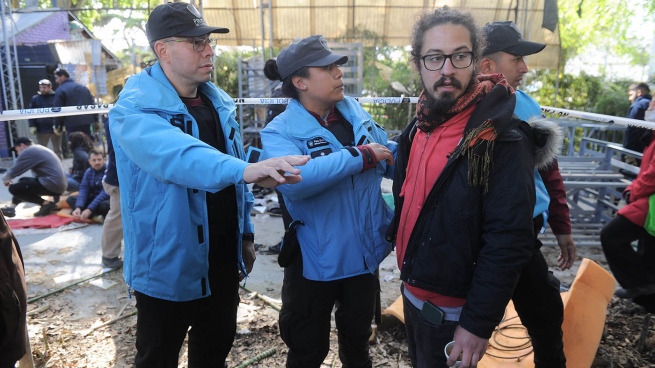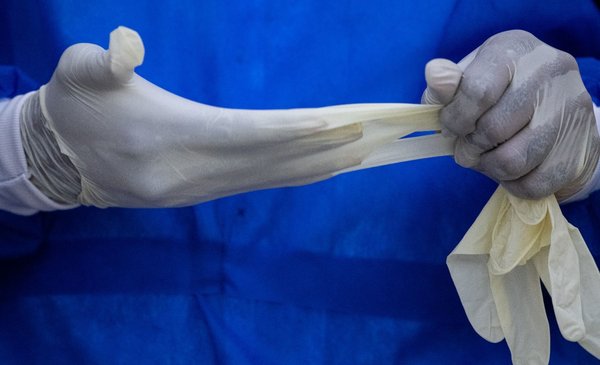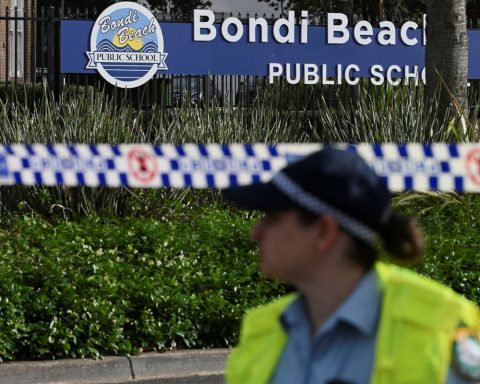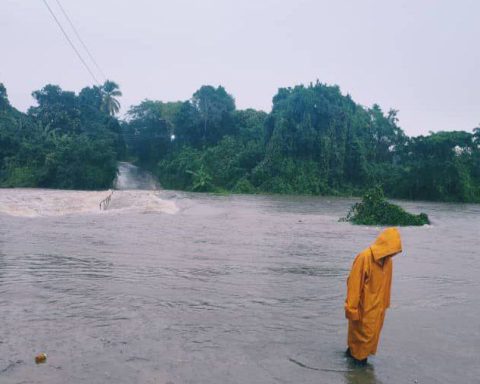According to estimates from Síntesis Financiera, this year the Venezuelan economy could close with an inflation of 147%, while the exchange rate is projected at about 10 bolívares per dollar
The director of the financial consultancy Síntesis Financiera, Tamara Herrera, considers that in the last quarter of this year the Central Bank of Venezuela (BCV) would have to inject around $1,000 million in an attempt to contain the exchange rate, as it has been doing to throughout 2022.
According to the financial analyst, the Government is likely to increase public spending in the final stretch of the year, even more than it did in 2021. This will put pressure on the exchange rate, which will have to be contained with a large injection of foreign currency. in the foreign exchange market.
This rebound in public spending comes hand in hand with their labor commitments. The payment of Christmas bonuses, bonuses and benefits is more bulky than the previous year, because the salary in the public sector -although it is still miserable- increased more than 1,000% compared to the little more than 2 dollars that public workers received until before March.
«What the Government is doing, even more than last year, is to distribute the payments, bringing Christmas forward. That is why public spending is already increasing. In the coming months, it will be in the order of 7,000 million bolívares (about $800 million per month). This will require that foreign currency be allocated to contain this push of the dollar, approximately $ 1,000 million in the remainder of the year, “he said in statements quoted by Banking and Business.
According to estimates from Síntesis Financiera, this year the Venezuelan economy could close with an inflation of 147%, while the exchange rate is projected at about 10 bolívares per dollar.
*Also read: The “coup” of inflation in August left many Venezuelans on a “forced diet”
On the other hand, Herrera limits in his set of projections, that the Gross Domestic Product (GDP) could grow 7% with a 12% growth of the oil product and an expansion of 6% of the non-oil product.
The BCV has made efforts in the last two years to keep the exchange rate under control. It is part of its policy to contain inflation and, although it has been effective to a certain extent, it is also a superficial practice that does not attack the underlying problems of the national economy.
Analysts insist that the dollar does nothing more than lag behind inflation, which continues to accumulate, even though they should have a much more direct relationship.
In accordance with figures from the Venezuelan Finance Observatory (OVF)accumulated inflation up to the month of August is 90%, while the change in the exchange rate since the beginning of the year reaches 78%, a percentage closer to inflation due to the increase in the exchange rate in August, since before of that it remained stationary for six months while inflation ran its course.
Post Views:
126
